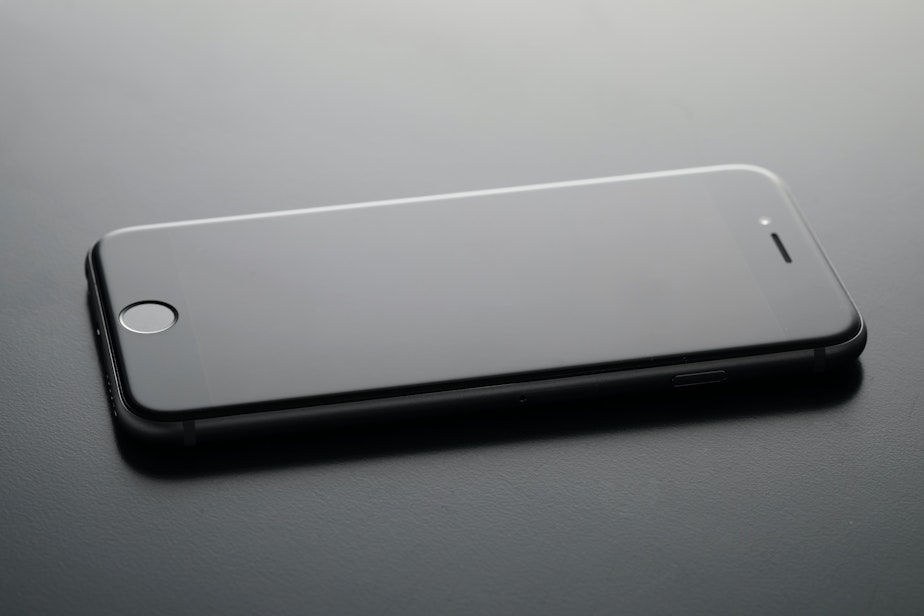The backstory of how #BlackOutTuesday became a thing

Social media feeds are going dark for Blackout Tuesday.
As thousands of anti-police brutality protesters march through the streets, millions of little black square haves descended upon social media feeds with the intent to protest the same.
The black square follows the effort set out by #TheShowMustPaused, an industry-wide call to action is led up by two black women, Jamila Thomas, senior director of marketing at Atlantic Records and former Atlantic Records employee Brianna Agyemang.
The #ShowMustBePaused is an initiative "in response to the murders of George Floyd, Breona Taylor, Ahmaud Arbery and countless other Black citizens at the hands of the police."
“Tuesday, June 2, is meant to intentionally disrupt the work week,” states the #TheShowMustBePaused. “It is a day to take a beat for an honest, reflective, and productive conversation about what actions we need to collectively take to support the Black community.”
The #ShowMustBePaused website goes on to list ways to support the Black community through community bail bonds, memorial fundraisers for George Floyd and Ahmaud Arbery. There is also links to petition in support of justice for Breonna Taylor.
Sponsored
As this movement grew beyond the music industry and into the mainstream, Instagram and Twitter users began to post plain black squares to raise awareness for Black Lives Matter and efforts similar.
It is still unclear which social media movement was started first, but the two appear to have converged.
Scrolling through your Instagram feed today you may notice black squares, along with the hashtag "Blackout Tuesday" or "Black Lives Matter." Millions of posts of plain black square or posts tagged with #BlackoutTuesday have been added to Instagram throughout the day.
Now, mid-Tuesday organizers are signaling that the plain black squares are hiding the point of the hashtag.
Shaun Scott, a Seattle author and organizer, says that the gesture of posting black squares although well-intentioned is not "terrifically helpful at this particular moment."
Sponsored
#BlackLivesMatter and #BLM, and other organizing hashtags are used to spread substantive information for activists about police brutality, create channels of support, and provide resources--such as mutual aid, bail funds, petitions, and memorial fundraisers.
"Seeing those black squares is detracting a lot of attention and a lot of resources from some pretty important spaces," Scott said.
Scott says that the impact on the ground is felt strongly by activists. He gets the sense that the social media blackout is "a pasteurized form of censorship" from vital information that also documents incidents of police violence -- including in Seattle.
The Seattle Office of Police Accountability says that they have processed roughly 12,000 individual complaints against officers since this past weekend's demonstration.
"We need to see that, the public needs to see that," Scott said, "maybe black squares is not the direction we need to be headed in, in this moment."



